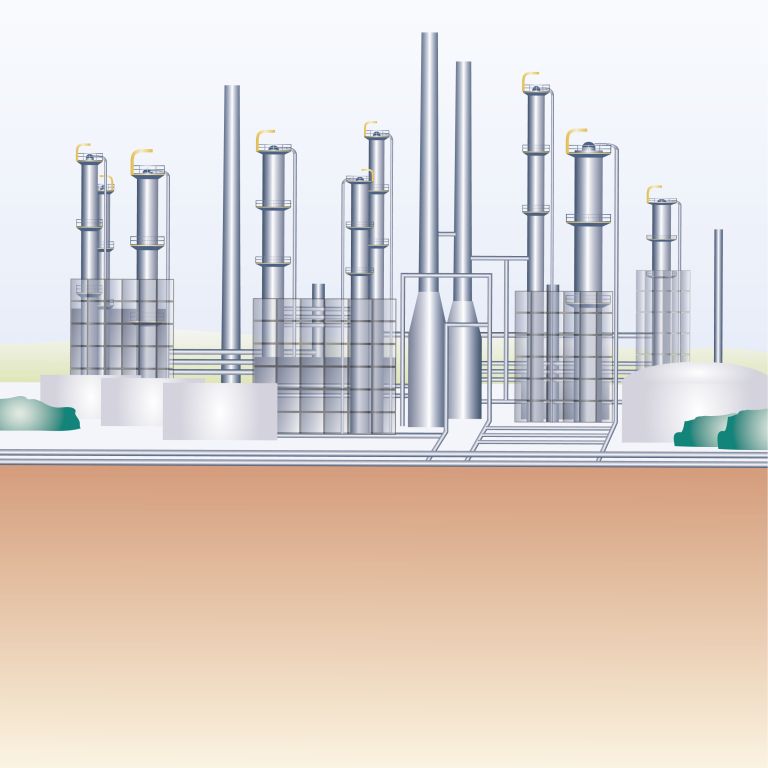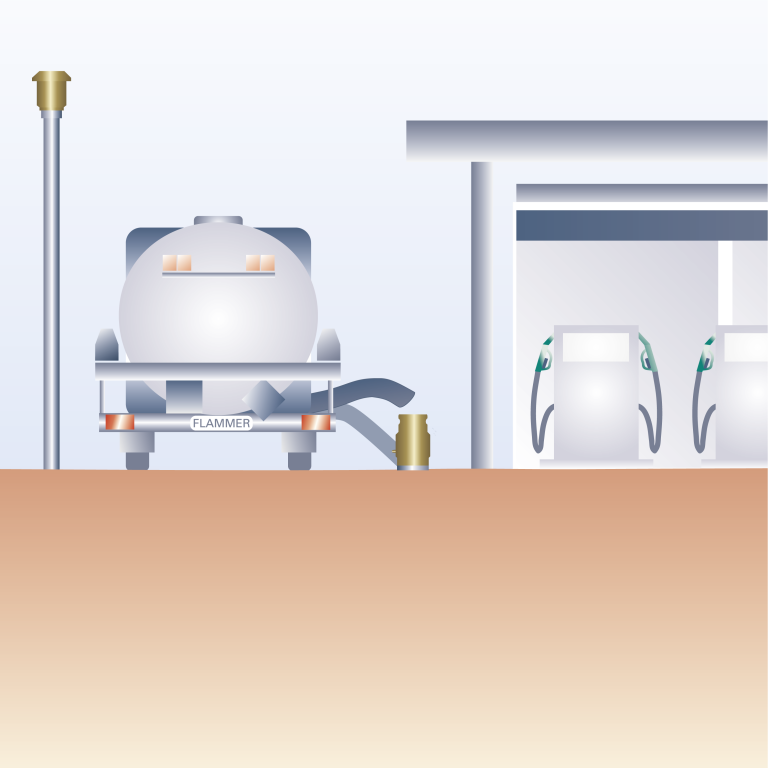Ships
End of line deflagration flame arresters for cofferdam vents approved to European standard EN ISO 16852 and IMO MSC / Circ. 677 (supplement: MSC / Circ. 1009 and MSC. 1 / Circ. 1324)
Cofferdams on ships, separate e.g. the loading area from the engine room. The cofferdams are open to the atmosphere via ventilation. In the event of fire, the empty cofferdams will be filled with water. During normal use, the empty cofferdams are breathing through atmospheric condition. This is also the case if shipload requires explosion protection. Through atmospheric condition, ignitable gas-air mixture can be collect in the cofferdam too. In order to prevent a flame propagation into the cofferdam in case of fire, ventilation openings at cofferdams must be protected. Therefore, installation of flame arresters tested to EN ISO 16852 (see also ADN 2015 – e.g. 9.3.2.20.4) at vents are requested.
We have a wide range of flame arresters for use for cofferdams. The flame arresters are approved to EN ISO 16852 through a notified body (3rd party approval) for explosion groups IIA, IIB1, IIB2, IIB3 and IIB and have the corresponding type test certificate in accordance with ATEX 2014/34 EU.
Other application areas
Industry
Flame arresters are autonomous protection systems in accordance to ATEX Directive 2014/34 / EU. Autonomous protective systems must be tested through a notified body (3rd party approval) to EN ISO 16852. Only ATEX certificate flame arresters has to be installed.
Biogas
Biogas air mixture is used as process gas in CHP to create electric power. Uncontrolled ignition of biogas can injure workers and damage the biogas plant.
petrol station
Petrol stations must be protected against flame entering in to pipe work on all openings. This is for example fulfilled , if the openings are equipped with flame arresters.




